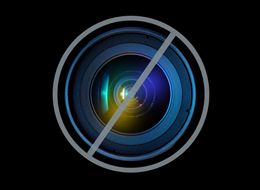«I LIKE MONEY ON THE WALL»

The rich are getting richer and the poor are getting poorer. And the art market likes it that way, according to Federal Reserve Bank economist Benjamin Mandel.
Mandel recently spoke with German newspaper Die Ziet about the peculiar beast that is the art economy, existing almost fully removed from the reality most of us experience from day to day. While the ranks of America's poor are stuck at record levels, the prices for famed works of art have skyrocketed, breaking records left and right. From Edvard Munch's $120 million "Scream" to Mark Rothko's $86 million "Orange, Red, Yellow," the price limits of these physical objects has gone so high, tracking them has become a spectacle in itself. (Yes, we did live blog the scream auction.)
How is this possible?
While most economies fluctuate in proportion to the economy at large, the art economy fluctuates parallel to the pockets of the super rich -- aka the 0.1%.According to Mandel, the art market thrives "not when only the poor are getting poorer, it must also be the richest get even richer."
Since the majority of society's wealth rests in the hands of the upper ranks, the same goes for art. Extremely expensive paintings are among the few seen as a safe investment, with little money pouring into art at middle or lower price points. It could be a matter of purchasing "perceived quality", ensuring a good investment or simply being a showoff, but art consumption at this level has a lot to do with economic safety and little to do with that naive notion of loving art.
-The Huffington Post
-The Huffington Post

0 Comments:
Post a Comment
Subscribe to Post Comments [Atom]
<< Home